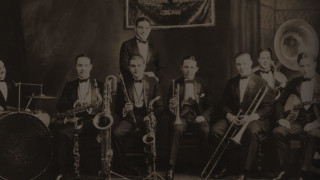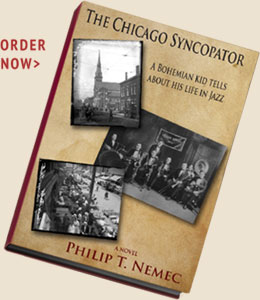 Nations, cultures, cities, families, and people all create myths about themselves often to protect a collective psyche or an individual’s fragile ego from an uncomfortable truth. How else can violence and tribal hatred be explained except to cover it up with myth? I’ve never visited a country where the people don’t say things like, “We are a hospitable people. We love music. Our children are loved. We are tolerant.” The same people can just as easily turn into savages, and the veneer of good decorum splits away like cheap wood.
Nations, cultures, cities, families, and people all create myths about themselves often to protect a collective psyche or an individual’s fragile ego from an uncomfortable truth. How else can violence and tribal hatred be explained except to cover it up with myth? I’ve never visited a country where the people don’t say things like, “We are a hospitable people. We love music. Our children are loved. We are tolerant.” The same people can just as easily turn into savages, and the veneer of good decorum splits away like cheap wood.
In America, one of our myths has to do with immigration, and the Statue of Liberty stands right in the middle of it. “Our arms are open to those seeking freedom and opportunity” is how the myth goes. Don’t tell that to the Irish early in the Nineteenth Century. The Polish, the Italians, and others can attest to just how hard it is to start new in this land of opportunity. Tell that to families from El Salvador and Viet Nam in modern times. The unwritten part of the open arms story is that immigration is a tough Darwin-like survival experience. Some forget their own immediate needs and invest all in the next generation. Some prosper and others are chewed up and spit out. We even have a myth about that. “It makes us strong!” Even after the reality of the immigration experience was chronicled in our literature in works like Upton Sinclair’s The Jungle, Americans will not stop romanticizing it. Just enough people make it, like just enough people win the lottery that people will gamble their lives to try. After all, where the people have been can be so desperate that any long shot is worthwhile.
The Czechs were no different. Tens of thousands came to Chicago at the end of the Nineteenth Century to find factory jobs. They faced labor unrest, distaste for their language, suspicion of their motives, and isolation from their families back in the “Old Country.” My novel, The Chicago Syncopator, takes a close look at the Nepras family, recently arrived in Chicago from Prague. The father’s first job was a strike breaker, and the mother works too in a time when women weren’t expected to work. Survival demanded it. Workers’ rights were nil. Their son and the main character, George, copes with the isolation of an ethnic neighborhood whose boundaries define the limits of his freedom. For him, Chicago is not a city of “Big Shoulders” as the poem goes but a confining patchwork of ethnic neighborhoods. George dreams of the limitless horizons of the American prairie. His reality is defined by a rail yard and hostile competing ethnic groups. Racial hatred lives as an underlying theme of life.
So the question becomes, how could an immigrant become happy in that environment? We so often want to believe that our immigrant parents, grandparents, and great grandparents were happy, but could someone grow in such a neighborhood to become happy, generative and generous? In a dog eat dog world, can you realistically hope for a mentor preaching goodness? If success is measured in something other than material prosperity what does it mean for an immigrant to break out, be accepted, feel grateful, develop a new allegiance to their new country, The United States? Still, time after time, we tell stories of our relatives who immigrated and nonetheless, fit all those positive roles. They became loving and loyal Americans. Is it a myth too that we want to believe about our relatives, or is it reality?



